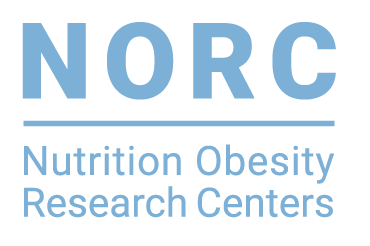Abstract
This study used quantitative magnetic resonance imaging (MRI) to test whether mediobasal hypothalamic (MBH) gliosis is associated with obesity and insulin resistance in humans. Sixty-seven participants underwent a fasting blood draw and MRI. Cases with radiologic evidence of MBH gliosis (N = 22) were identified as the upper tertile of left MBH T2 relaxation time and were compared to controls (N = 23) from the lowest tertile. In a separate postmortem study, brain slices (N = 10) through the MBH were imaged by MRI and stained for glial fibrillary acidic protein (GFAP).
Key Findings
In all participants, longer T2 relaxation time in the left MBH was associated with higher BMI. Compared with controls, cases had longer T2 relaxation times in the right MBH, as well as higher BMI, fasting insulin concentrations, and HOMA-IR values, adjusted for sex and age. Elevations in insulin and HOMA-IR were also independent of BMI. In the postmortem study, GFAP staining intensity was positively associated with MBH T2 relaxation time, validating an MRI-based method for the detection of MBH gliosis in humans. These findings link hypothalamic gliosis to insulin resistance in humans and suggest that the link is independent of the level of adiposity.
Citation
- Schur EA, Melhorn SJ, Oh SK, Lacy JM, Berkseth KE, Guyenet SJ, Sonnen JA, Tyagi V, Rosalynn M, De Leon B, Webb MF, Gonsalves ZT, Fligner CL, Schwartz MW, Maravilla KR. Radiologic evidence that hypothalamic gliosis is associated with obesity and insulin resistance in humans. Obesity (Silver Spring). 2015 Nov;23(11):2142-8. PMID: 26530930; PMCID: PMC4634110.
Read More: Obesity
Research Details
- Research Center: University of Washington

